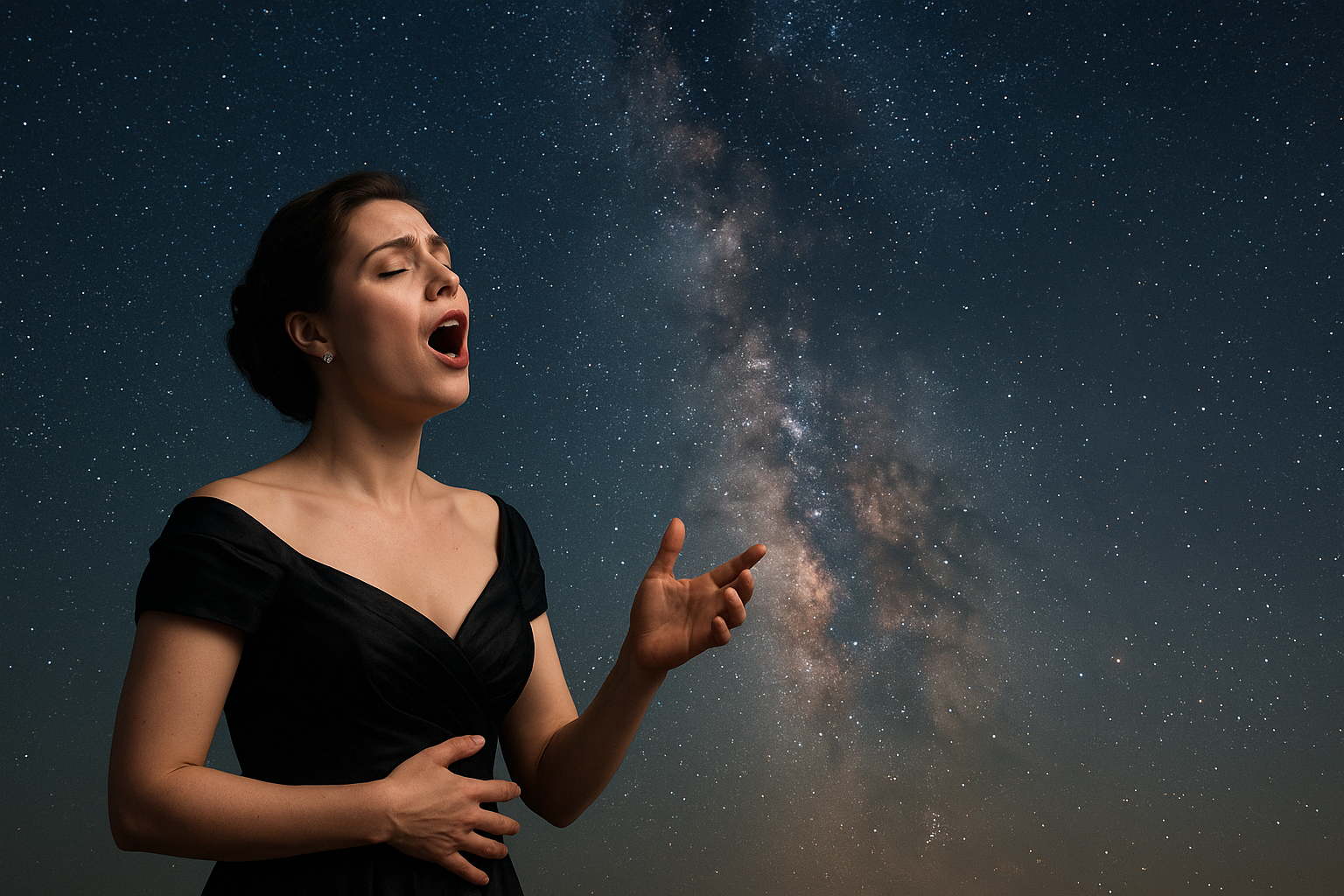The tradition of European art song, commonly referred to with the German term Lieder, has long provided a rich tapestry of melodic and poetic exploration. A distinct feature of this genre is its use of vivid imagery, with celestial and astral elements featuring prominently across its repertoire.
The Romantic Fascination with the Cosmos
During the Romantic era, extending roughly from the late 18th to the late 19th century, composers and poets were enveloped by a fascination with nature, the sublime, and the metaphysical. The sky, stars, moon, and sun—symbols of both vastness and intimacy—served as perfect metaphors for expressing the ineffable.
“The stars awaken a certain reverence, because though always present, they are inaccessible.” – Ralph Waldo Emerson
This reverence is echoed in the works of composers like Franz Schubert and Robert Schumann, whose songs often draw upon the celestial to explore human emotion and longing.
Franz Schubert: A Night Sky in Melody
Franz Schubert, a seminal figure in the development of Lieder, infused his compositions with astral imagery. His song “An die Nachtigall” (“To the Nightingale”), with lyrics by Johann Wolfgang von Goethe, uses the night as a backdrop for yearning and sorrow—reflecting the Romantic coupling of the night sky with emotion. In Schubert’s “Abendstern” (“Evening Star”), the titular star serves as a beacon of hope amidst darkness.
- Song: “An die Nachtigall”
- Poet: Johann Wolfgang von Goethe
- Theme: Yearning in the night
The use of stars and night skies transcends the mere backdrop, becoming active agents within the narrative structure of these pieces, influencing mood and direction.
Robert Schumann’s Starry Echoes
Robert Schumann’s songs, often inspired by his literary interests, reveal a deep connection to the night. His setting of Heinrich Heine’s “Mondnacht” (“Moonlit Night”) is celebrated for its expansive, dreamlike qualities. The moon and stars in this song encapsulate a sense of unity with nature and longing for transcendence.
- Song: “Mondnacht”
- Poet: Heinrich Heine
- Theme: Unity with nature
In “Mondnacht”, Schumann uses the piano to simulate the shimmering of stars, a technique that demonstrates how Lieder combines poetic and musical elements to elevate the text’s meaning.
Astral Themes Across Borders
While Schubert and Schumann are central to the German tradition of Lieder, the fascination with astral imagery is by no means confined to the Germanic world. In French mélodie, composers like Gabriel Fauré and Claude Debussy employed similar celestial motifs. Fauré’s settings of Verlaine’s poetry often include lunar and nocturnal imagery, as in “Clair de Lune.”
“Nature is a haunted house—but Art—is a house that tries to be haunted.” – Emily Dickinson
This quote resonates with the ideal behind the astral imagery in Lieder and mélodie: music and text strive to encapsulate the elusive beauty and mystery of the cosmos.
The Enduring Power of Celestial Symbolism
The prevalence of celestial themes in classical Lieder speaks to a universal human curiosity and the capacity for wonder. Whether woven through text or melody, the stars and night skies continue to inspire composers and listeners alike. They serve as reminders of the infinite, igniting the imagination and evoking the deepest emotions.
Such symbolism persists today, as contemporary composers and songwriters find themselves drawn to the stars much like their Romantic predecessors. In navigating the heavens through song, we find not only artistic beauty but also a mirror reflecting our own experiences and emotions.
Conclusion
In exploring the stars through the medium of song, composers of Lieder have created works that transcend their earthly bounds, linking human emotion to the vast cosmos. These songs remain a testament to the enduring power of astral imagery, inviting us to gaze upwards and find a deeper connection to the universe.
As the music and poetry of the Lieder tradition continue to be performed and cherished, they remind us of the timeless allure of the celestial and the profound inspiration it has provided to artists for centuries.
For those interested in delving deeper into the works mentioned, many are readily accessible in performances by renowned artists, bridging the historical divide through the universal language of music.
